The Lodger (1927)
Directed by: Alfred Hitchcock
Written by: Alfred Hitchcock, Eliot Stannard
Starring: Arthur Chesney, Ivor Novello, June Tripp, Marie Ault
AVAILABLE ON DVD
RUNNING TIME: 90 mins
THE HITCHCOCK CAMEO: sitting at the newsroom desk, with his back to the camera
REVIEWED BY: Dr Lenera, Official HCF Critic
SPOILERS!
London is plagued by a serial killer known as “The Avenger”, who targets young blonde women and who has just killed his latest victim. Daisy Bunting is a blonde model who lives with her parents and whose boyfriend Joe is a detective trying to find out who the murderer is. A new tenant arrives at the Bunting house, a reclusive and secretive man who nonetheless pays a month’s rent in advance. His behaviour grows odder when he turns some pictures of blonde women in his room around to face the wall and then requests that they be removed. Despite this, Daisy begins to be attracted to the dark and handsome stranger. Then one night, Mrs Bunting hears the lodger sneak outside and a while later sneak back in. The next day, another body is found…..
Easily the most viewed and popular of Hitchcock’s silent motion pictures, The Lodger was regarded by its director as the first ‘real’ Hitchcock movie, and what a movie it is! Of course it has its elements which date badly, there are clumsy aspects and overall it’s something of a compromised film [I shall go into this in the next paragraph]. Nonetheless, it shows the director really flexing his muscles for the first time, totally engaged with a story that greatly appeals to him. It’s partly a suspense mystery, and partly a twisted, dark romance. It has seeds of, and looks forward to, many successive Hitchcock pictures. I had seen The Lodger a couple of times before, but on this particular viewing I was constantly counting off the little things that would be re-used or themes that would be returned to. Even a cursory viewing shows that for the first time Hitchcock felt really able to explore the things that fascinated him and would later dominate some of his greatest films.
Hitchcock’s first film after The Pleasure Garden was actually a movie called The Mountain Eagle, a Kentucky-set melodrama [though filmed again in Germany] about which Hitchcock said he was not sorry there are no known prints. Yes, that film is one of countless silent films which are lost and like The Pleasure Garden it was not released till after the success of The Lodger. This film was based on the book of the same name by Marie Belloc Lowndes. It was the first book to offer a solution to the Jack The Ripper killings, being supposedly based on an anecdote told to the painter Walter Sickert by the landlady when renting a room; she said that the previous tenant had been Jack the Ripper. The movie version avoided overt Jack the Ripper references and had to drastically alter the plot further when matinee idol Ivor Novello joined the production. He refused to play a killer so the ending was changed so he did not turn out to be the murderer and an explanation for his strange behaviour was added. The distributors considered the finished film to be too ‘arty’ for public tastes and also very untidy, so under pressure, Hitchcock re-edited the film and even reshot and added some scenes. Though Gainsborough studios took their time releasing the film, it was an instant hit, a critical smash and Hitchcock had well and truly arrived. I should mention that it is available for home viewing with a bewildering array of scores and the version I saw [in the R2 Network Hitchcock box set] had no music with it at all and was totally silent!
We begin with a close-up of a screaming victim about to be killed, then the discovery of the body. The film gets going straight away and an elaborate, almost-documentary style sequence showing the publishing of the newspaper reports maintains the fast pace. The movie eventually slows down a little when the action switches to the Bunting household and their new lodger turns up, but never really allows the attention to waver. Immediately the lodger acts so strangely that it seems obvious he is the killer. Novello somewhat overacts the part; yes, silent film acting was often ‘overdone’, but even just a little more subtlety would have helped here. In particular, he stares madly with his eyes so often that it seems extremely unconvincing when he is eventually revealed not to be a psychopathic killer. From his demand to have the pictures of blonde women removed to his nocturnal excursion which is never explained, he seems to be ‘The Avenger’ so much that the final revelation doesn’t really convince. They probably should have cut, rewritten and reshot more bits of the film than they actually did so the ending made more sense. I wonder if Hitchcock knew that Novello was gay, as there are two lines in this film where people talk about his him: “Good thing he doesn’t like girls”, and “Even if he is a bit queer” which suggest that.
It is around half way through where things really become interesting with the odd romance between heroine and possible killer. Daisy, who feels no shame in turning from her detective boyfriend, seems to be excited by the possibility that the lodger could be a murderer, while he just can’t stop looking at her hair. Their love scene is striking in its disturbing eroticism and fear mixed with beauty. He takes her hat off and gazes madly at her hair, we see a really close close-up of his face, and they embrace. We see her expressions of love, fear and excitement almost at the same time in what is a brilliant piece of expressive acting by June Tripp. After a scene involving the investigation, we come back to the couple and they are on a sofa, clearly implying they have made love. He all-but-tosses her aside and gets up to leave but she pulls him back and finally we see them kiss. It’s a rather sexually complex scene in a way I didn’t notice before, but then this was the first time I really appreciated The Lodger. Soon after this the film briefly turns into Hitchcock’s first ‘man on the run’ story and climaxes with a vivid depiction of mob violence with the lodger looking like Jesus the way he is trapped by his handcuffs on railings while angry townsfolk ran at him from both sides. Of course the ending is a happy one….or is it?
Hitchcock really lets himself go with this film. The lodger pacing up and down is indicated by a shot through a glass floor through which we can actually see his feet. The camera shows a couple dancing and then pulls back and exits through a window. Joe’s working out of the lodger’s guilt is shown by a footprint intercut with various images we have seen earlier. There’s definitely an element of showing off here, just as there is a touch of German Expressionism, though Hitchcock’s world is a little more realistic. Passages of The Lodger are more routinely shot by comparison so there is a slight unevenness to the film, but overall the directorial energy on view is astounding, with great aid from Baron Ventimigla, Hitchcock’s talented Italian cinematographer from his first two films. From blonde hair to handcuffs [with an odd scene where Joe scares Daisy by handcuffing her] to the link between sex and death, The Lodger also shows that Hitchcock had many of his little obsessions in full flow really early on his career.
June Tripp, billed as just June, does quite well as Daisy in evoking her character’s emotions. In fact, she comes off better than Novello really despite not having the latter’s screen presence. As I write, and as I now think about the film, I find myself wondering if it’s all as simple as we are seemingly led to believe. The last shot is of the lodger against a window through which the ‘Golden Curls’ sign advertising the theatre can be seen. When you include the fact that we are never actually shown the real killer, I just wonder if the lodger actually still is the killer and that Daisy’s troubles might just be beginning? Coupled with his bizarre behaviour throughout [yes, I know there’s that flashback, but Hitchcock showed many years later in Stage Fright how flashbacks can lie], I think that it’s all juicily ambiguous. Maybe Daisy is going to be his next victim? The Lodger loses its pace a bit in the third quarter and as I’ve described has a certain awkwardness at times, but the very few amount of title cards work very well because you can pretty much tell what’s being said without having to read any words. Overall it’s a highlight of Britain’s silent era, a compelling, atmospheric thriller which is certainly the Hitchcock silent picture to see first if you haven’t seen too many of his films and feel you have to try out a silent one. It was remade several times with the first remake also starring Novello, and the second one initiated by Hitchcock himself because he wanted to use the ‘proper’ ending, though it ended up being made by someone else.


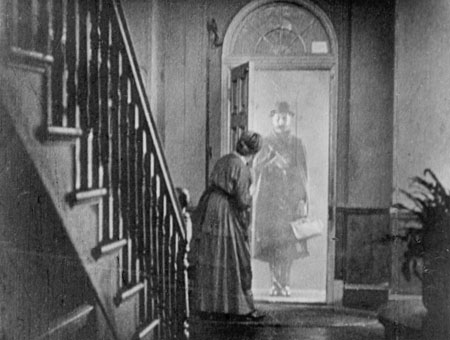
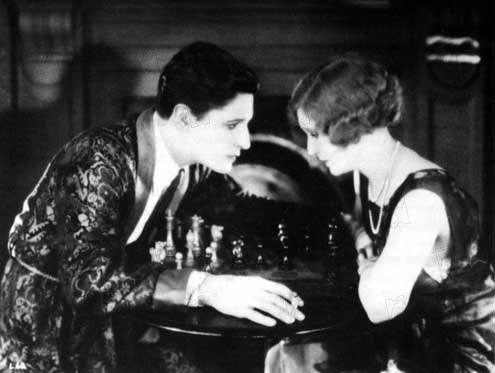




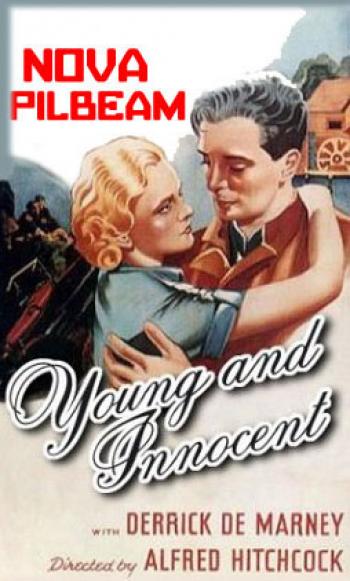
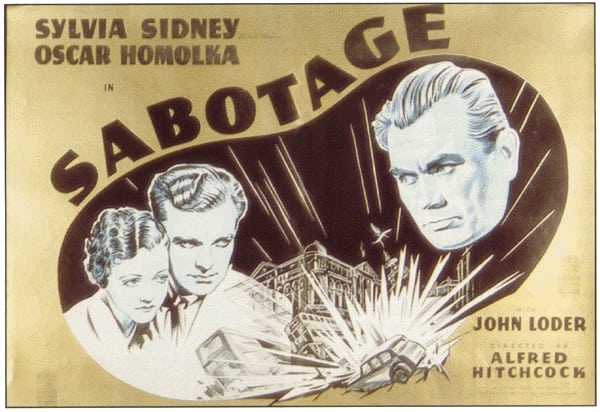
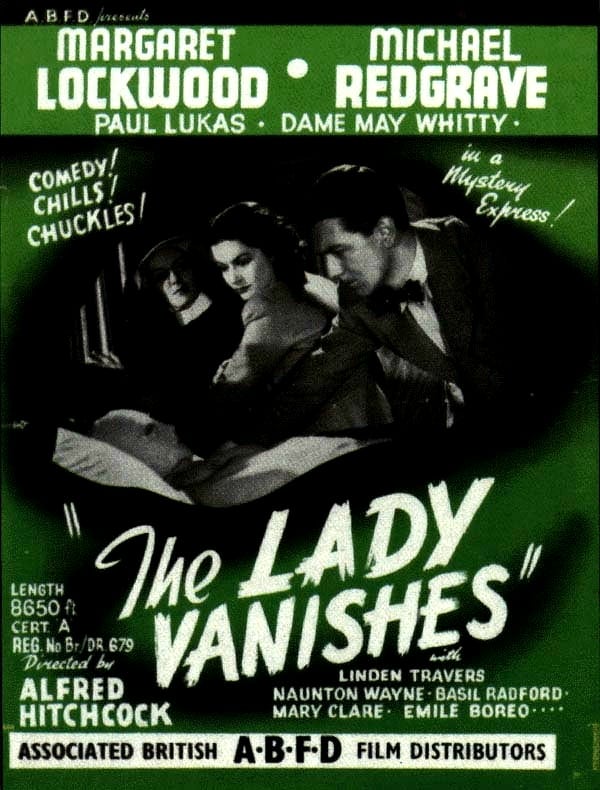
Be the first to comment